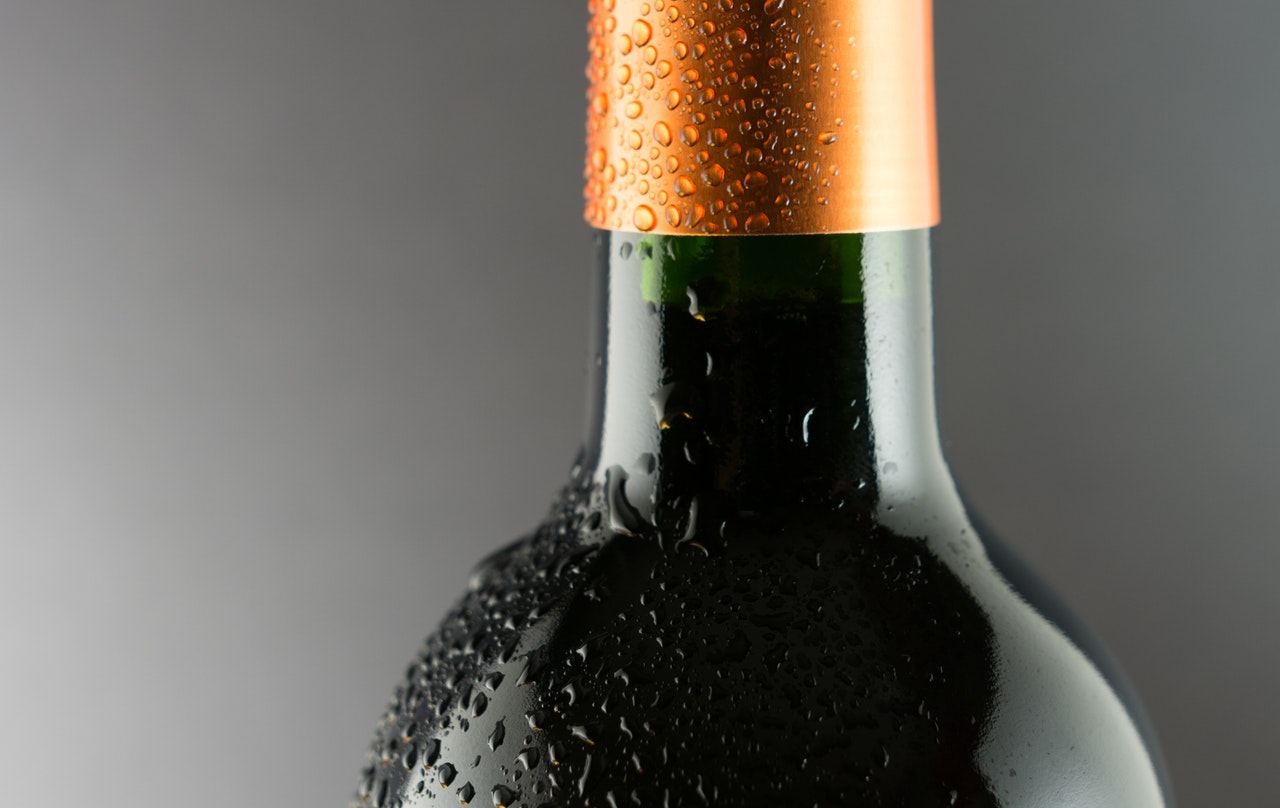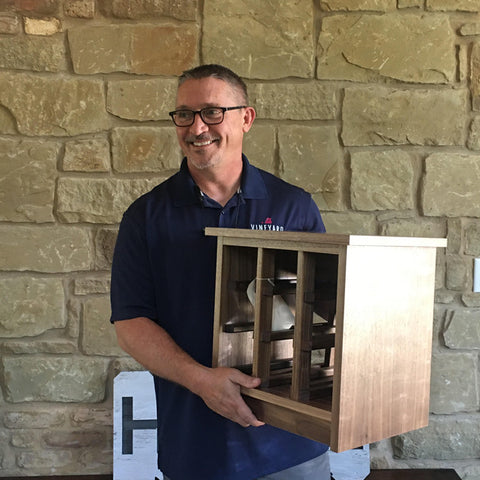You love wine. You want to start a collection. But you don’t know where to start. We’ve got you covered. In this beginner-friendly guide, we share tips on how to build your wine collection from scratch. Let’s get started.
Clarify Why You Want to Build a Wine Collection
There are various reasons to build a wine collection. Some collectors want easy access to the wine that they drink on a regular basis. Others want to create a collection for social reasons. For these collectors, keeping a catalog of various wines at hand makes it easier to entertain at a moment's notice. For other collectors, wine is viewed as an investment. So these collectors are most focused on buying bottles that will earn them a sizable return on their investment at some point in the future.
For most collectors, though, it's a mix of the first two reasons: Personal and social.
If you want a collection that can meet every occasion, consider which wine you and your guests drink regularly. Then, decide how many bottles you'll need for each event (the standard suggestion is to have one bottle of wine for two people for every hour, but you can adjust for each social group). So, let's say you plan to host six major events in the upcoming year such as a family holiday, a dinner party, etc. Calculate how many bottles you'll need for those events, and then build from there.
Set a Budget
First things first, let's tackle budget. While many of us dream of having an expansive wine collection with an assortment of labels, vintages, and grape types, that may not be obtainable for most. One factor in curating a wine collection is time, but the other is budget. How much can you realistically afford to spend on building your wine collection?
The good news is that you don't have to build your entire collection at once. You can create a simple starter collection as your foundation and then continue to invest money and time into curating the wine collection of your dreams.
So, with this in mind, come up with a reasonable budget that you can devote to your wine collection foundation. For some, that total may be more than $1,000, and for others, it will be less. There’s no shame. Start with where you are, and remember that you will continue to build over the course of your lifetime.
Start With What You Like
Not sure which wine to start your collection with? Start with your favorite.
When you're building the foundation of your wine collection, look for your favorite grape or your favorite producers first. You’ll have the opportunity to buy unique and fun wines that you'd like to try at a later date. However, your starter pack should mostly contain wines that you know you'll regularly reach for. This ensures that your wine is steadily rotated and nothing expires before consumption.
But Don't Buy Too Much of the Same Wine in the Beginning
If you're just getting started on your wine collection, consider diversifying your label catalog to give your tastes an opportunity to evolve and refine. If you're only stuck with one type of grape in your cellar, you'll miss out on discovering your next favorite. So, devote at least 25% of your wine collection to new (to you) wines that you'd like to try.

Create Space for Your Wine Collection
No matter if you're living in a loft in the city or a spacious home in the suburbs, you can make space to store your wine collection.
You don't need a large space to support your collection. As we shared in this post, you can even convert an empty closet in your home to a fully functional wine cellar. Or, if space is extra tight, you can use a wine fridge.
Check out these unique places to put a wine cellar in your home.
But, if you're able to build your own cellar in a larger area, you have even more space to collect wine. The first step is finding that perfect location for long-term wine storage. Here are a few essential things to consider when deciding where you'll store your wine:
- Sunlight - Wine needs to be stored in a dark environment in order to maintain its ideal temperature. Otherwise, it can “cook” and go bad quickly. Avoid that by choosing a dark space in which to store your wine.
- Temperature - As mentioned above, wine needs to be stored in a cool environment. Depending on the wine, that temperature range is somewhere between 45° to 65° Fahrenheit. This rules out the warmer spaces in your home, such as above the kitchen refrigerator, in the attic, by a heat source, etc.
- Vibration - Vibration will disrupt the chemical composition of wine and can negatively affect taste. To avoid vibration when storing wine, choose an area of your home that doesn't receive a lot of traffic (this rules out a busy hallway). Also avoid any area that's immediately adjacent to your laundry room, as the vibrations from machines can jostle your bottles.
The location you choose will inevitably affect how many bottles you can collect. However, if you live in a small space, it won’t necessarily limit your collection. You may simply need to store wine in different pockets around your home, with the help of high quality wine coolers to preserve your collection.
Keep Track of Each Bottle in Your Collection
Because corked wine is stored on its side, and you'll likely store all of your bottles this way, it can be difficult to mentally keep track of what you have in your cellar at all times. This is why you should keep track of every bottle in your inventory.
You can easily do that using either a spreadsheet where you manually record all of your bottles and take note of their exact location in your cellar (Rack A, Row 4, Bottle 2) or with a wine cellar tracking app. Some apps have built-in scanners. All you need to do is scan the bottle's label and the app automatically displays all available information about that wine, which comes in handy when prepping for wine tastings.

Use a Wine Tracker for Discovery, Too
You can also use this type of app to discover new wines for your collection. Choose an app that shares ratings, reviews, and tasting notes about different wines. Plus, some wine tracker apps also allow users to compare wine on a taste-by-taste or even sort by price.
Here are a few additional ways to you can use wine apps:
- To identify the best food pairings
- To get wine recommendations
- To make personal notes about each wine that you've tasted
- To keep track of current wine prices (great for investors who may want to sell soon)
Notable wine apps to consider include:
Final Thoughts
While most of us can’t afford to buy hundreds of bottles of wine in one shopping excursion, that doesn't prevent any of us from building an impressive wine collection. Remember to start small and start with what you like. Then, build from that great foundation.
Before you go, check out this related post:


